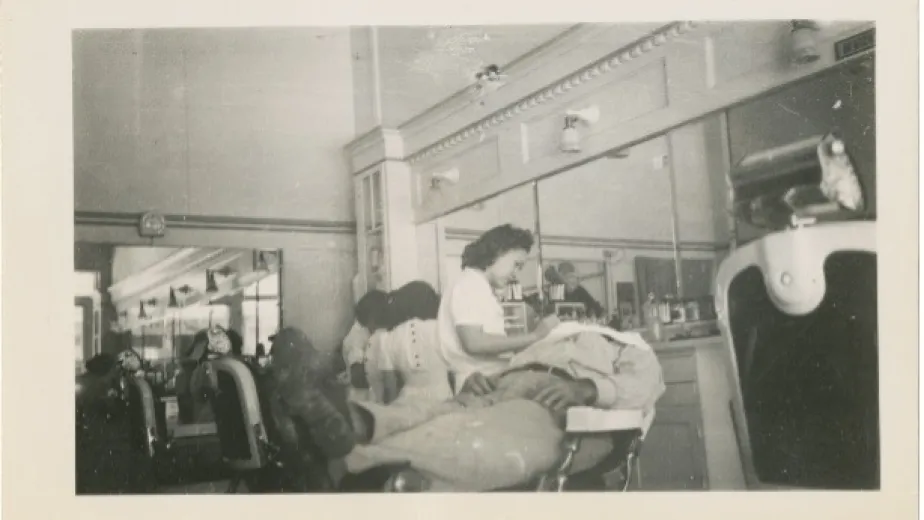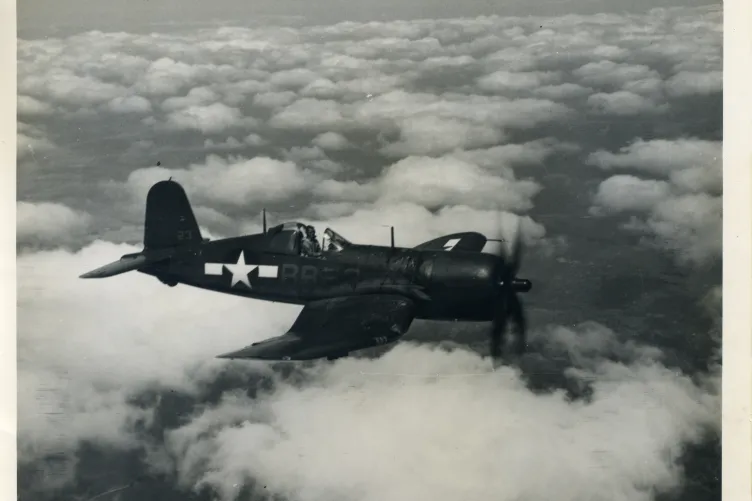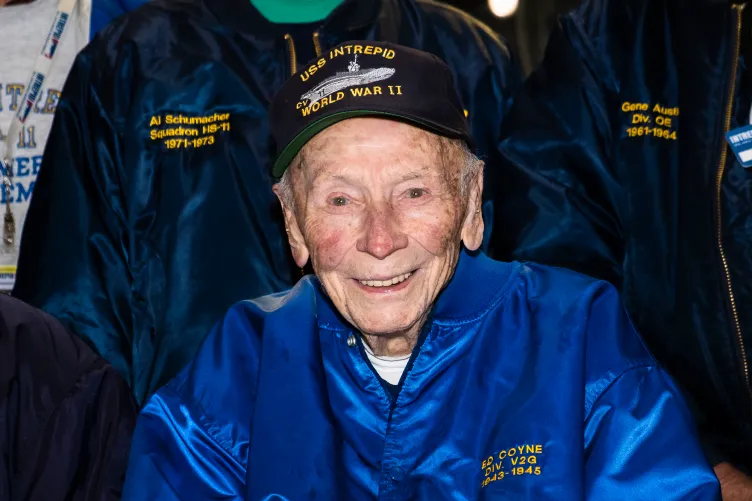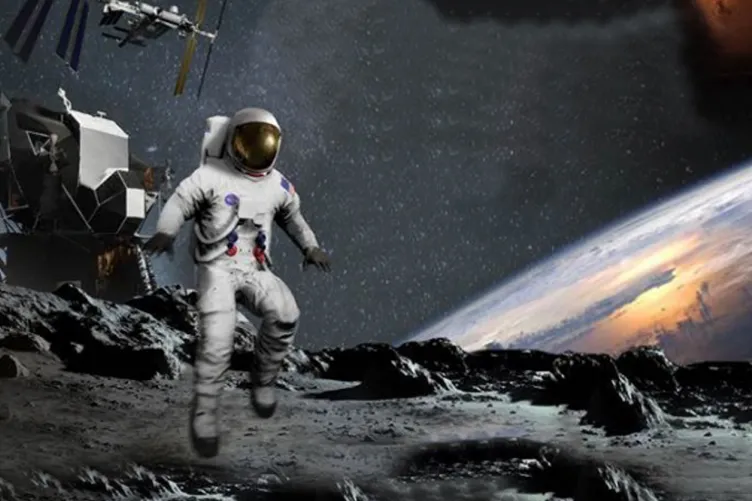
In honor of Asian American and Pacific Islander Heritage Month, the Intrepid Museum highlights the history of Hawaii and its people during World War II. Native Hawaiians and Asian Americans living in Hawaii played a key role in the service of Intrepid, Growler and other Navy ships.
The U.S. Navy first established a presence in Hawaii when the United States forcibly annexed the island kingdom in 1898. Families from Japan, China, the Philippines, Korea, Portugal and Puerto Rico were already migrating to Hawaii to work on sugar plantations. Many put down roots there, forming communities alongside native Hawaiians.
World War II brought about a profound transformation in the Hawaiian economy. Sugar plantations were repurposed into military bases, and many Hawaiians were called to work in shipyards and factories. U.S. Navy ships like Intrepid made crucial stops in Hawaii to resupply on their way to and from the war zone in the Pacific. Pearl Harbor shipyard workers made emergency repairs to Intrepid when the ship limped into port in late February 1945, severely damaged by a torpedo strike.
 Intrepid crew members on shore leave photographed everyday life in Hawaii in the 1940s. Collection of the Intrepid Museum. Gift of Vernon E. Hazard 1943–1946. P2019.53.16
Intrepid crew members on shore leave photographed everyday life in Hawaii in the 1940s. Collection of the Intrepid Museum. Gift of Vernon E. Hazard 1943–1946. P2019.53.16 Repairs made to Intrepid’s rudder in Pearl Harbor shipyard, February 1944. Collection of the Intrepid Museum. P00.2012.01.26
Repairs made to Intrepid’s rudder in Pearl Harbor shipyard, February 1944. Collection of the Intrepid Museum. P00.2012.01.26The war severely impacted Hawaiian society. After the attack on Pearl Harbor, the territorial governor placed Hawaii under martial law. Hawaiians grappled with curfews and censorship. Every civilian was fingerprinted and required to carry an identification card. Civilian courts were replaced with military courts. Japanese Americans in Hawaii faced additional challenges. The government detained and interrogated thousands of Japanese Americans in Hawaii. Around 1,500 people were sent to prison camps on the mainland. However, Hawaii avoided the wide-scale detention of Japanese American families ordered on the mainland.
At least a million mainlanders–service members, government officials and workers–descended on Hawaii during the war. Growler engineman Herman Nascimento, a child on Maui at the time, recalled befriending Marines stationed nearby. However, the influx of mainlanders brought mainland problems. Racially and ethnically diverse Hawaii had no legal system of racial segregation, which was a common practice in the mainland South at the time. Black servicemen, as well as many Hawaiians, resisted attempts by some white mainlanders to impose anti-Black segregation laws on the island on a wide scale.
To learn more about World War II mobilization and hear directly from Pearl Harbor shipyard workers, visit Stop #405 “Who Built This Ship?” on our
free digital guide on Bloomberg Connects.
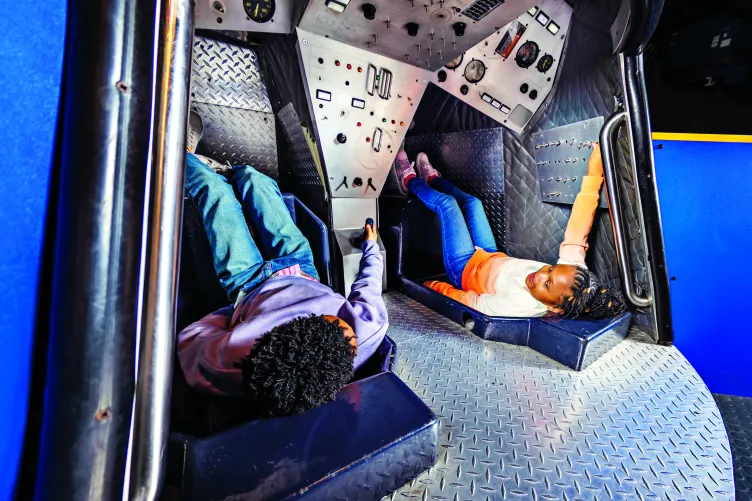
Want to visit the museum? We would love to have you! Find out all about our offerings here and plan your trip today.
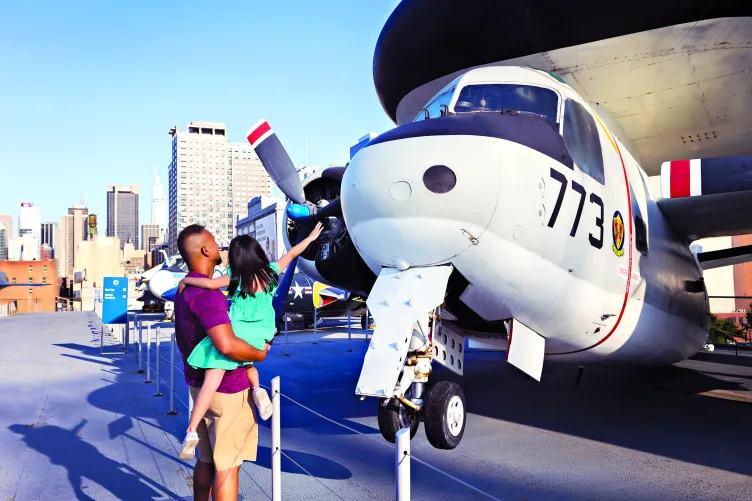
If you join our membership program you can visit the museum any time! Plus enjoy many membership perks at a discounted rate.


